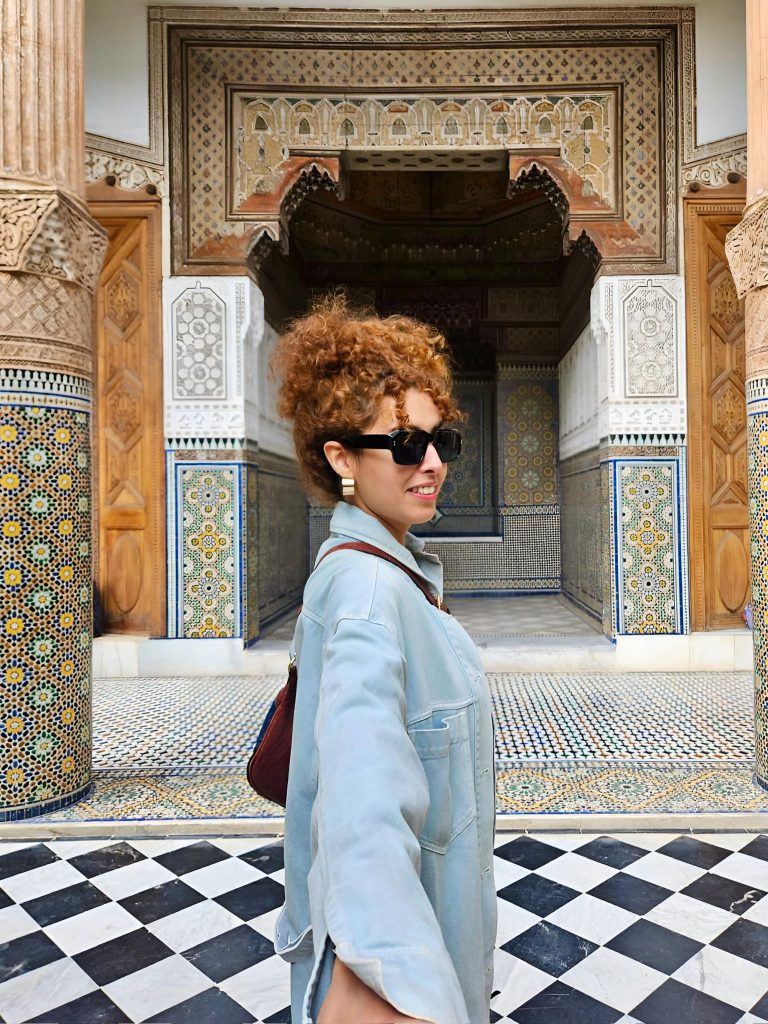Handwoven rugs are more than just decor—they’re living expressions of culture, history, and artistry. Among the most iconic styles are Moroccan and Scandinavian rugs, each rooted in vastly different traditions yet equally beloved in today’s interiors. These two styles, though seemingly worlds apart, share a timeless appeal that effortlessly complements modern living spaces. Let’s dive into their origins, unique characteristics, and how they can transform your home.
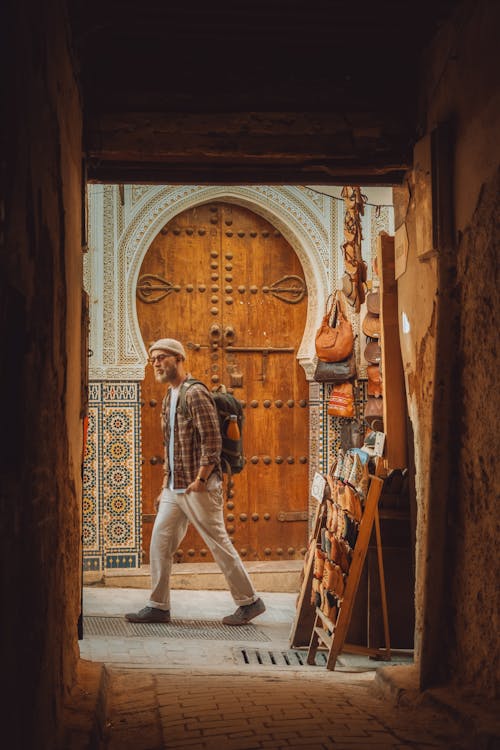
Historical Roots and Cultural Significance
Moroccan Rugs: A Legacy of Tribal Artistry
Moroccan rugs trace their history back thousands of years, crafted by the indigenous Amazigh people of North Africa. These rugs were born out of necessity, serving as bed coverings, saddle blankets, and even burial shrouds for the nomadic Berbers in the Atlas Mountains. But they were more than practical—they carried deep spiritual significance, often believed to ward off negative energies and protect their makers.
The designs of Moroccan rugs reflect the deep-rooted traditions of Berber culture, drawing inspiration from their natural surroundings and way of life. Geometric patterns and symbols hold profound meaning—diamonds, for instance, symbolize protection, while zigzags represent water. These motifs go beyond decoration, serving as visual narratives that celebrate traditions and embody the spiritual essence of their creators, making each rug a true work of cultural storytelling.
Scandinavian Rugs: Designed for Comfort and Function
Scandinavian rug-making, though ancient, followed a distinct path shaped by the region’s unique needs and influences. Originating as early as the 10th century, Scandinavian rugs drew inspiration from Eastern traditions, particularly Byzantine rugs, which were imported for their warmth and intricate beauty. Over time, Scandinavians adapted these influences to create their own iconic styles, blending functionality with simplicity.
One of the most notable creations is the Rya rug, characterized by its thick, shaggy pile. Designed to endure the unforgiving Nordic winters, Rya rugs provided essential insulation while adding softness and warmth to homes.
These rugs, however, were more than just practical; they carried deep cultural significance. Often used in ceremonial settings, such as marriage rituals, they symbolized comfort, prosperity, and a connection to tradition.
Today, Scandinavian rugs are celebrated worldwide for their understated elegance and functional design, perfectly reflecting the region’s “less is more” philosophy. With their clean lines, subtle patterns, and timeless appeal, these rugs embody the essence of Scandinavian living—where every piece serves both purpose and beauty.
Design Elements and Visual Aesthetics
Moroccan Rugs: Bold, Symbolic, and Textured
Moroccan rugs are instantly recognizable for their bold geometric patterns and intricate tribal motifs. Each design carries meaning—triangles for protection, diamonds for femininity, and zigzags for water. These symbols, handwoven using traditional knotting techniques, result in rugs that are as meaningful as they are visually striking.
Color palettes in Moroccan rugs lean toward vibrant hues like deep reds, bold blues, and warm oranges, often derived from natural dyes such as pomegranate and saffron. The texture is equally captivating, with styles like the Beni Ourain offering plush, high-pile surfaces that feel luxurious underfoot. These rugs add a tactile richness and warmth to any space, making them both functional and artistic.
Scandinavian Rugs: Minimalist Harmony and Effortless Elegance
In contrast to the bold and symbolic nature of Moroccan rugs, Scandinavian rugs embody the essence of minimalism with their clean lines, understated patterns, and functional design. Rooted in the Scandinavian ethos of simplicity and purpose, these rugs exude a quiet elegance that seamlessly integrates into contemporary interiors.
Design Aesthetics: Subtle and Light
Scandinavian rugs are defined by their symmetrical patterns, simple geometric shapes, and uncluttered designs. Their restrained aesthetic reflects the broader Scandinavian design philosophy—where form follows function, and every piece serves a purpose. The color palette leans toward light neutrals, soft pastels, muted grays, and gentle blues, creating a sense of openness and calm. These light tones are especially valued in northern regions, where natural light is scarce during winter months, and interiors are designed to feel bright and airy.
Unlike the plush, textured feel of Moroccan rugs, Scandinavian rugs are often flat-woven or feature a smooth, even surface. Even pile rugs in this tradition maintain a refined, uniform texture, offering a polished and less visually busy effect—perfect for minimalist living spaces.
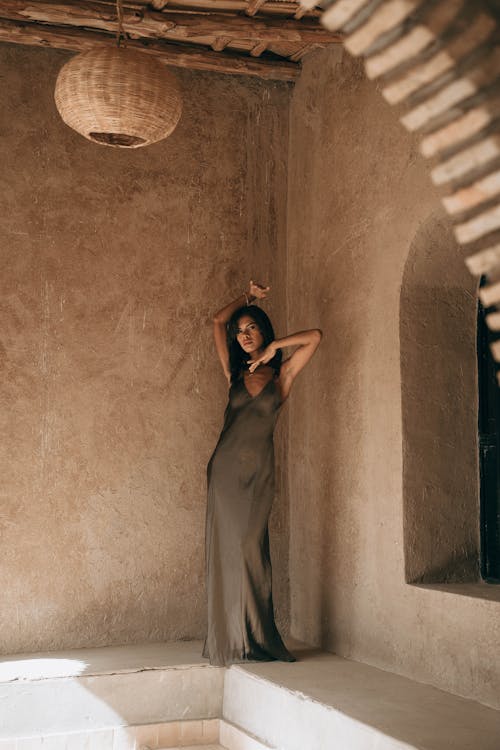
Materials and Craftsmanship
Moroccan Rugs: Robust Natural Fibers and Tradition
Moroccan rugs use locally sourced wool, celebrated for its durability and natural insulating qualities. Artisans often source this wool from sheep raised in the Atlas Mountains, pairing it with cotton foundations for added structural stability. The Berber knot technique, a hallmark of Moroccan craftsmanship, creates their signature thick, plush textures. These textures not only add depth and dimension but also bring a sense of warmth and coziness to any space, making them both functional and artistic.
Each Moroccan rug is a labor of love, handcrafted by women artisans who pass down their weaving skills through generations. Every piece carries not only the artisan’s personal expression but also the cultural heritage of the Amazigh people.
Scandinavian Rugs: Refined Materials and Precision
Scandinavian rugs, on the other hand, are crafted from wool, linen, and cotton, with a focus on finer, smoother finishes. The use of Ghiordes knotting allows for precise pattern work and clean, sharp designs, while flat-weaving techniques create thin, streamlined rugs perfect for layering or use in multifunctional spaces.
While Scandinavian rugs may appear simpler, their craftsmanship is equally meticulous, reflecting the region’s dedication to quality and functionality.
Types and Regional Styles
Moroccan Rug Varieties
Moroccan rugs showcase incredible diversity, with each tribe and region offering its own distinctive style:
- Beni Ourain: Luxuriously soft, with minimalist geometric patterns on cream or white backgrounds, perfect for Scandinavian-inspired interiors.
- Azilal: Vibrant and artistic, featuring colorful abstract designs that add a playful touch to any space.
- Boucherouite: Eclectic and eco-friendly, crafted from recycled materials like fabric scraps, bringing bold colors and unique textures.
- Mrirt: Dense and intricate, with a mix of thick and fine wool strands for added texture and sophistication.
- Kilim/Hanbel: Flat-woven and lightweight, ideal for warmer climates or layering in minimalist decor.
Scandinavian Rug Varieties
Though less regionally diverse, Scandinavian rugs still offer iconic styles:
- Rya/Ryijy: Long-pile rugs originally designed for warmth, now a staple of cozy, hygge-inspired interiors.
- Scandinavian Kilims: Flat-woven with geometric patterns, zigzags, and animal motifs, perfect for adding texture to minimalist spaces.
- Modern Scandinavian Designs: Contemporary takes on traditional patterns, maintaining the clean lines and simplicity that define Scandinavian design.
Interior Design Applications: Moroccan and Scandinavian Rugs in Modern Living
Both Moroccan and Scandinavian rugs transform spaces with their distinct design elements, each catering to different aesthetics. Moroccan rugs captivate with bold symbolism, while Scandinavian designs charm with understated elegance. Each style infuses contemporary interiors with cultural heritage and timeless craftsmanship.
Moroccan Rugs in Modern Spaces
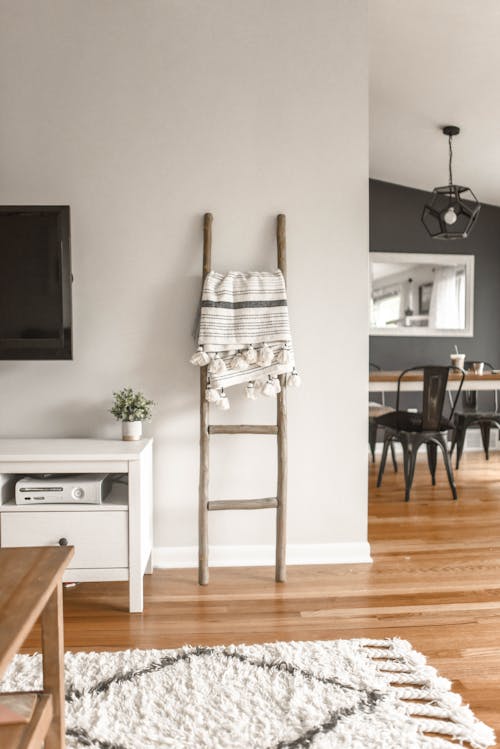
Moroccan rugs have become iconic in modern interior design, valued for their ability to add warmth, texture, and personality to any room.
- Statement Pieces: With their bold patterns and vibrant colors, Moroccan rugs naturally command attention, making them perfect focal points in minimalist or neutral spaces.
- Texture and Warmth: The plush, high-pile textures of Moroccan rugs bring a sense of coziness and dimension, softening interiors that might otherwise feel cold or sterile.
- Versatility Across Styles: While they’re often associated with bohemian aesthetics, Moroccan rugs adapt beautifully to various design styles, from modern and eclectic to traditional.
- Perfect for Scandinavian Interiors: Moroccan rugs pair exceptionally well with Scandinavian design. Their rich textures and warm tones contrast yet harmonize with the clean lines and neutral palettes of Nordic interiors, creating a cozy and inviting balance.
Scandinavian Rugs in Contemporary Settings
Scandinavian rugs, on the other hand, are the epitome of subtle sophistication, offering practical and aesthetic benefits for modern interiors.
- Minimalist Harmony: Their clean lines and understated patterns enhance minimalist spaces without overwhelming them, staying true to the “less is more” philosophy.
- Brightening Interiors: The light, neutral color palettes of Scandinavian rugs create an airy atmosphere, helping to brighten spaces with limited natural light—a key feature in Nordic design.
- Layering Versatility: With their thin, flat-woven construction, Scandinavian rugs are ideal for layering with other textiles, adding depth without bulk.
- Timeless Appeal: Scandinavian rugs are designed to last, both in quality and style. Their simple, elegant designs remain relevant regardless of changing trends.
Practical Considerations
Durability and Maintenance
- Moroccan Rugs: The thick, plush textures of Moroccan rugs, particularly high-pile varieties like Beni Ourain, require regular care to maintain their beauty. They may trap dirt and debris, making vacuuming and occasional professional cleaning essential. However, their durability is exceptional—many vintage Moroccan rugs remain in excellent condition after decades of use.
- Scandinavian Rugs: With their typically lower pile or flat-weave designs, Scandinavian rugs are easier to maintain. They require less intensive cleaning and are less prone to trapping dirt, making them a practical choice for busy households.
Cost and Investment Value
Both Moroccan and Scandinavian rugs are handcrafted with exceptional skill, reflecting their cultural and artisanal significance.
- Moroccan Rugs: Due to their unique designs and increasing collector interest, vintage Moroccan rugs, especially those with intricate patterns, have seen rising value over recent years.
- Scandinavian Rugs: Similarly, Scandinavian rugs—particularly those from renowned designers or weaving studios—are highly sought after, often regarded as investment pieces that blend functionality with artistry.
Conclusion: Choosing the Perfect Rug for Your Space
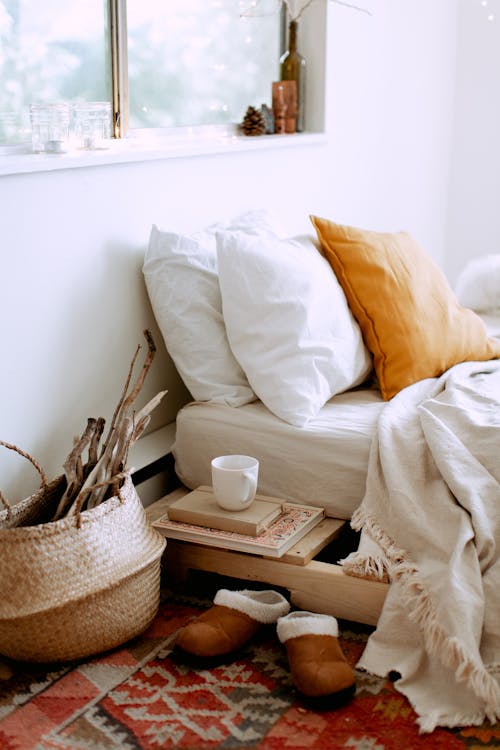
Moroccan and Scandinavian rugs each bring a distinct perspective to design, rooted in their unique cultural heritage and aesthetic philosophies.
- For spaces that crave bold expression, textural warmth, and symbolism, Moroccan rugs deliver unmatched character and vibrancy.
- For interiors that prioritize refined simplicity, lightness, and subtle elegance, Scandinavian rugs provide timeless sophistication.
At She&Elle of Morocco, we celebrate the harmony between these two traditions. Our handwoven Moroccan rugs honor their cultural roots while blending seamlessly with the clean, minimalist ethos of Scandinavian living. Each piece is thoughtfully crafted to bring warmth, artistry, and timeless design into your home.
Discover how to style Moroccan rugs in modern spaces with our guide: 5 Creative Ways to Style Moroccan Rugs in Minimalist Spaces. For more about our story and mission, visit our About Us page.
Ready to bring Moroccan heritage into your home? Explore our collection at She&Elle of Morocco and find inspiration in our latest feature: Mint Tea and Minimalism: The New Hygge – Moroccan-Inspired Coziness. Let us help you create a space that feels both culturally rich and effortlessly modern.

